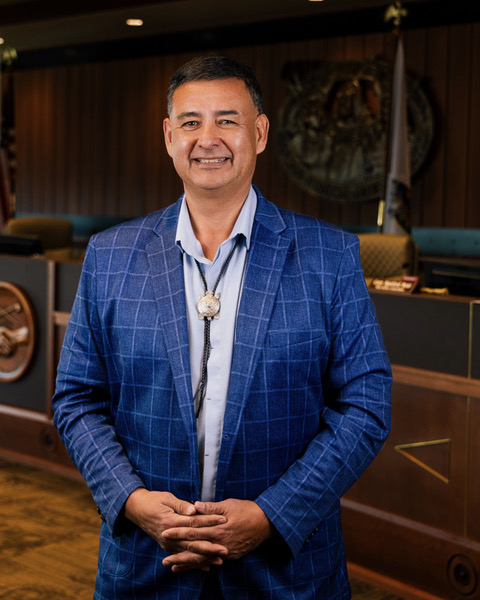School officials grapple with ‘learning gap’ Extending school year, tutoring among suggested responses to pandemic’s effects on students By Brayden Zenker, NDNAEF BISMARCK – As the coronavirus pandemic continues across the...
Menu

School officials grapple with ‘learning gap’ Extending school year, tutoring among suggested responses to pandemic’s effects on students By Brayden Zenker, NDNAEF BISMARCK – As the coronavirus pandemic continues across the...